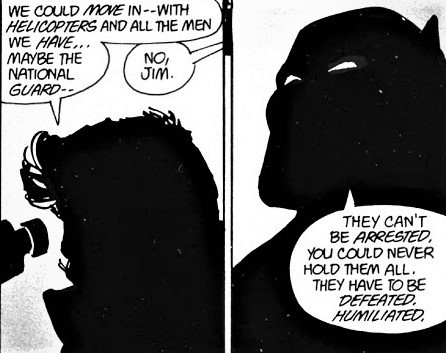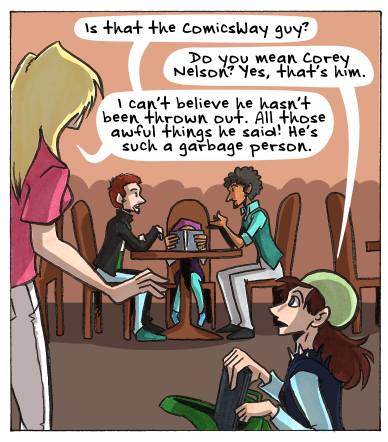#comicsgate
There’s been a lot of talk about diversity and comics lately, or comics and politics. Here’s the fact: Comics have always been political.
Case in point: in this week’s Comics Crash Course, I discuss the Senate Subcommittee on Juvenile Delinquency and the establishment of the Comics Code Authority. I particularly tell the story of CCA Judge Charles Murphy banning “Judgment Day,” an explicitly anti-racist story from 1953.
The Code itself was a political move; the reason politics SEEMS absent from many comics in the mid-1950s is because it was purposely removed. This was, of course, a political move on the part of the CCA (and even influenced by the federal government via the Senate Subcommittee)
The Code wasn’t just about Wertham’s kooky ideas in Seduction of the Innocent, it was about making sure all comics upheld 1950s values regarding respect for government, police, and parents; “family values” in regards to sexuality and marriage; etc etc. That’s politics.
Politics in comics manifests in absence (especially when via its suppression) and presence. EC Comics and the establishment of the Comics Code only further proves comics has been a particularly political (and politically fraught) medium since the beginning.
The cringey bAtMAn Is dA fAsH hot take has been done before, of course anything that doesn’t reek marxist overtones must be so, but one would be remiss for not noticing the parallels of rudimentary nationalism.
Even though Batman is seemingly the most “reality based” comic book character because of not having overt powers, the truth is Gotham City is a world unto its own where there is a power people can tap into … the triumph of the will.
Determination is a kind of realm that up until Batman was only really being exploited by the criminal element. Thomas Wayne technically made the attempt, but was literally shot down by the reigning influence of power being crime.
This is also where it is clear that Gotham IS a “paranormal” or “supernatural” place where characters like Penguin, Ra’s Al Ghul, and Clayface can exist. Once you accept that Gotham really is not “normal” and “reality based” as portrayed by the Nolan Trilogy, you can accept that nobody in Gotham is either, and tapping into that other worldliness can be done through hatred and insanity like Joker or passion and strength like Bruce Wayne.
To be “based” is about accepting the reality of the world and reflecting ones personal ideology in a way that is best suited for the preservation of ones people. Hence nationalism, and Gotham is Bruce Wayne’s “nation”. By “Court of Owl’s” lure, it is quite literally a city state. His “reactionary” nature hearkens back to a time when Gotham wasn’t corrupted by degeneracy. He seeks to drain the swamp.
He understands that the situation Gotham finds itself in is beyond the mainstream of simply “arresting criminals” because Gotham doesn’t just have a crime problem, it is in a state of war, where crime is an insurgency, and the custodial effort of the judicial process doesn’t work, because it doesn’t deal with the source of the issue.
If Gotham is a microcosm for society then “crime” is a metaphor for everything trying to tear it apart. The greedy, the degenerate, the bigoted, the zealots of opposing ideologies, and Batman is the symbol of fighting where the conflict stems from instead of attempting to regulate it, prosper from it, or cater to it.
Be a BatNat. Accept the world for its reality, and be unafraid to take on what is destroying your country.


